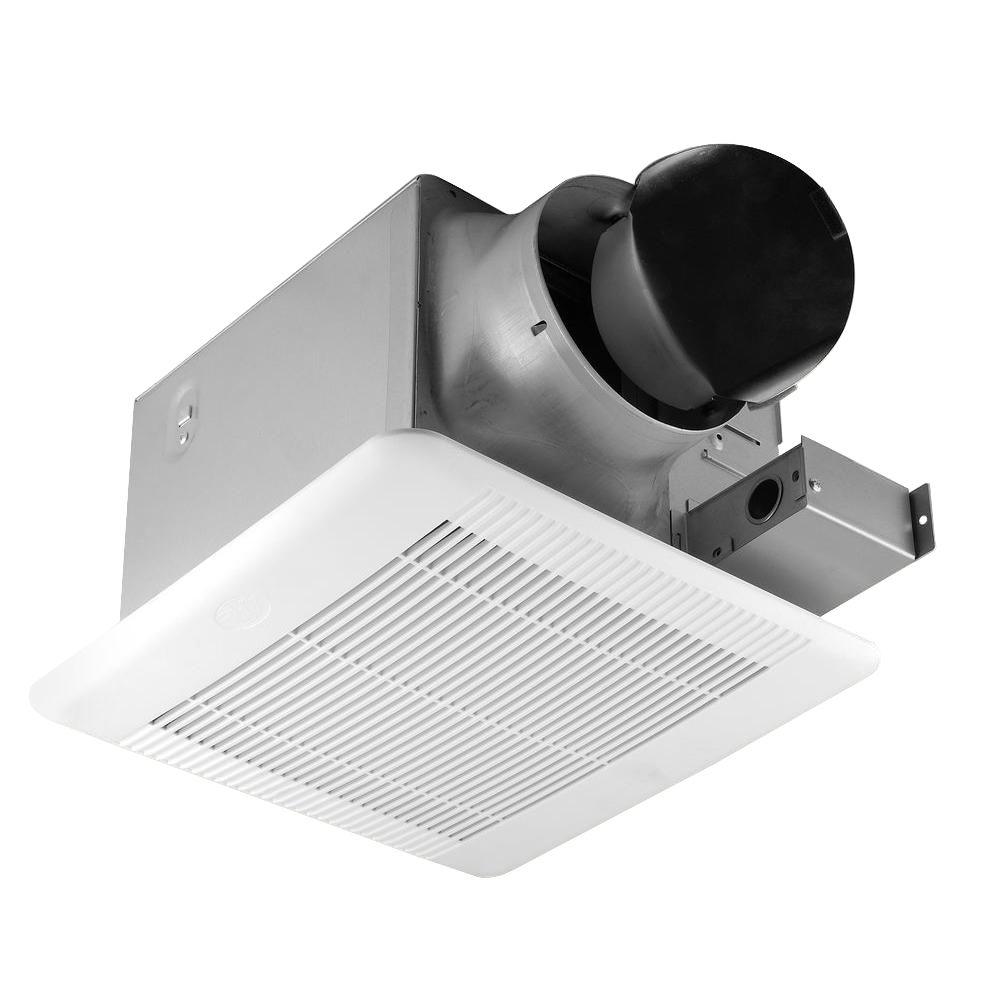

#CEILING FAN AIRFLOW CFM WINDOWS#
And whether your windows or doors are open in the fan room can really start to complicate things (some ways good, some ways bad – and may actually drive an exception to the rule about turning the fan off when leaving the room in the right pressure conditions). This de-stratification can be a good or a bad thing (think about it), but by and large if you are FEELING moving air then you will feel cooler, and especially in summer months that can be a good thing. By and large a ceiling fan will do two things: increase the flow of air in a given direction, and, largely as a result of the first, de-stratify the air in a room. Ceiling fans can do a couple of different things in a home, and actual results for air movement will largely depend on actual installation, not the store label. I wonder if those labels on CFM also disclose the conditions under which the fans were tested (is there an NFRC for fans?). Using Ceiling Fans To Keep Cool Without AC by Martin Holladay at Green Building Advisor You can follow him on Twitter at Articlesĥ Reasons Bath Fans Have Such Poor Air FlowĪ Bad Duct System Trumps High Efficiency HVAC Equipment He has a doctorate in physics and is the author of a popular book on building science. Bailes III, PhD is a speaker, writer, building science consultant, and the founder of Energy Vanguard in Decatur, Georgia. The label says you can get a large fan that gets up to 176 cfm per watt, but 106 cfm per watt was the highest efficiency at the store I visited.Īllison A. If you’re looking for fans at the really high end, you’ll probably need to look somewhere other than the big box stores. Now you’re ready to head off to the store and buy yourself an energy efficient ceiling fan. They actually heat the space because the motor gives off heat, and even the air movement turns to heat. If you look carefully at the two labels above, you’ll see one other thing there that I saw on nearly every label: a money saving tip.

In addition to showing the numbers for high speed, they also showed the air flow, energy consumption, and efficiency for low and medium speeds. They also happened to be the fans that had the ENERGY STAR label.

The range of efficiencies for the larger fans, according to the label, is 51 to 176 cfm per watt for fans that are 49″ to 60″.Ī few of the boxes had more energy data than the simple box shown above. That 35 cfm/watt fan was a tiny 24″, whereas the 106 cfm/watt fan was 52″. One factor that affects this number is how big the fan is. Most of the fans were in the 60 to 75 cfm/watt range. The range of ceiling fan efficiencies that I saw in the store ran from 35 cfm/watt on the low end to 106 cfm/watt at the high end. You can see this in the label shown above. The labels on the boxes I looked at all showed a box with three numbers, all specified for the fan running at high speed: the air flow (cfm), the rate of electricity use (watts), and the air flow efficiency (cfm/watt). For example, we could give the efficiency in terms of the rate of air flow per unit time (cfm) divided by the energy use per unit time (watts), which in fact is what we do. We can go with either rates or quantities when we look at energy efficiency of ceiling fans. The kilowatt-hour is the unit for the quantity of energy consumed.Įfficiency of any type is generally an output divided by an input. The watt is the unit for the rate of energy consumption. Energy usage can be a bit confusing because of the whole rate versus cumulative quantity issue. The higher the number, the more air is moving. Today I ameliorate that deficiency as we take a quick look at the energy efficiency labels on ceiling fans.Īir flow, whether you’re talking about duct systems, bath fans, heat recovery ventilators, or ceiling fans, is measured in cubic feet per minute, usually called simply cfm. That one was about what a waste of energy it is to leave fans running when no one’s in the room. In this blog, I’ve talked about air flow in duct systems and bath fan air flow, but I’ve only written one previous article about ceiling fans. That’s not the case anymore because every ceiling fan I looked at had a label on the box that tells you how much air movement you can expect for each watt of electricity you put into the fan. Ten years ago when I was building a house and buying a bunch of ceiling fans, it wasn’t so easy to figure out which fans were energy efficient and which weren’t. I was in one of the big box home improvement stores yesterday and thought I’d take a look at ceiling fans while I was there.


 0 kommentar(er)
0 kommentar(er)
